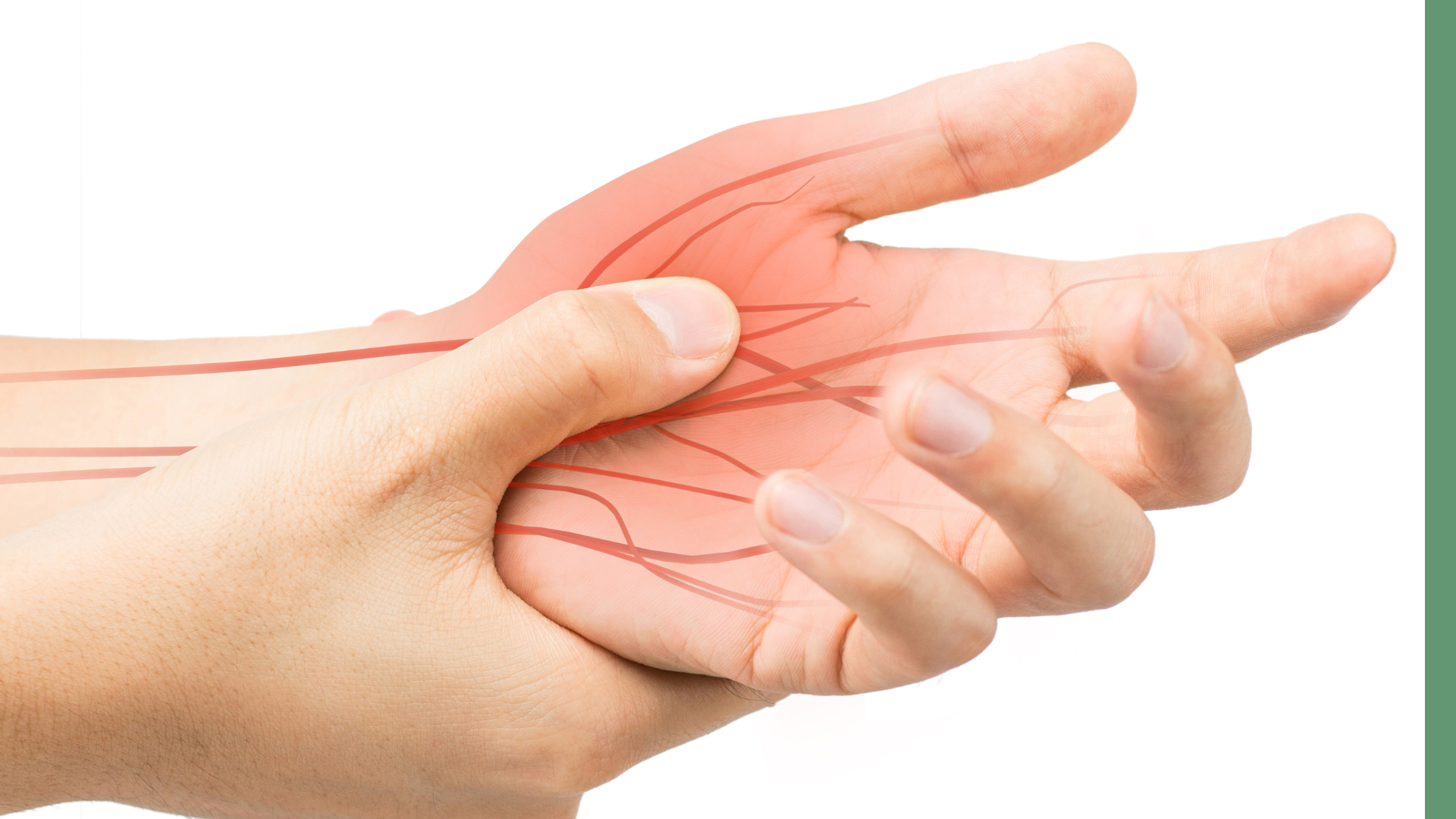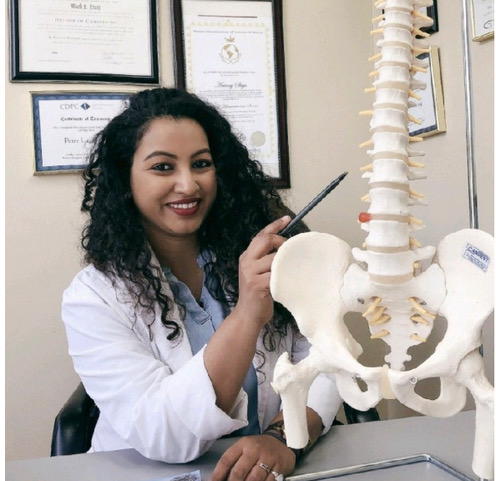
You’ve probably been there before. You’re playing your favorite sport or working hard at the gym when you suddenly feel a sharp pain in your knee, or your lower back gives out on you. Injuries are an unfortunate reality for many people who are active, but what if I told you that there was a way to prevent them? Physiotherapy is a form of treatment that can help you prevent future injuries by strengthening the muscles and joints around the injured area. In this article, we will explore how physiotherapy can help you prevent future injuries and help you stay active for years to come.
What is Physiotherapy?
As we get older, our bodies go through changes that can lead to pain and mobility problems. Physiotherapy can help prevent these issues by keeping our bodies strong and mobile.
Physiotherapy is a form of physical therapy that uses exercises and massages to improve our range of motion, strength, and flexibility. It can also help relieve pain. Physiotherapy can be used to treat conditions such as:
● You have arthritis and back pain
● You have been in an accident and have sustained injuries
● You have had surgery and need help with your recovery
● You are dealing with chronic pain
● You have a disability that makes it difficult to move around
● You are pregnant and need help with managing your pain.
Regular physiotherapy can help keep our bodies healthy as we age. It can also help prevent injuries by keeping our muscles, joints, and bones strong and flexible. If you’re thinking about starting physiotherapy, talk to your doctor or a physiotherapist to see if it’s right for you.
What Are The Benefits Of Physiotherapy?
Physiotherapy has a number of benefits that can help you prevent future injuries:
Physiotherapy can help improve your motion. This is important because it can help you avoid injuries by keeping your joints and muscles healthy.
Physiotherapy can also help improve your strength and endurance. This is important because it can help you avoid injuries by making sure your muscles are strong enough to support your joints. Physiotherapy can help improve your balance and coordination. This is important because it can help you avoid falls and other accidents.
How Can Physiotherapy Help Prevent Future Injuries?
Preventing future injuries is one of the main goals of physiotherapy. There are many ways that physiotherapy can help to prevent injuries, including:
Improving your flexibility and range of motion: This will help your joints to move more freely and reduce the risk of injury.
Strengthening your muscles: Strong muscles help to support your joints and protect them from injury.
Correcting your posture: Poor posture puts unnecessary strain on your musculoskeletal system and can lead to injuries.
Educating you about injury prevention: Your physiotherapist can provide you with information about how to avoid common injuries.
Helping you to manage any existing medical conditions: Conditions such as diabetes, osteoporosis, and arthritis can increase your risk of developing an injury. Physiotherapy can help you to manage these conditions and reduce your risk of injury.
Conclusion
Physiotherapy can help you prevent future injuries in several ways. First, it helps to correct any posture or movement issues that may be contributing to your current pain or weakness. Second, physiotherapy can help strengthen the muscles and tissues around the area of injury, which can help protect against further damage. Finally, physiotherapy can help improve your overall fitness level, which will make you less likely to sustain an injury in the first place.





